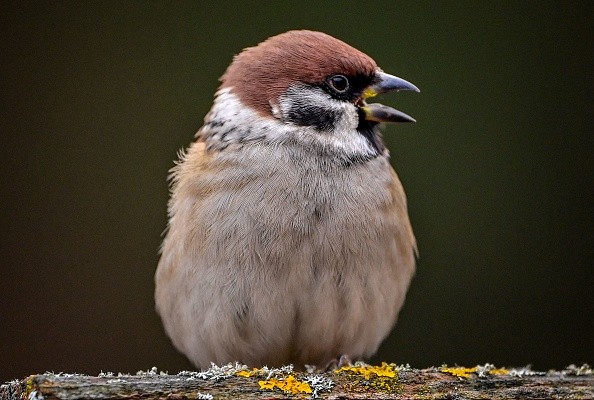A recent study headed by researchers at the University of Maine revealed that exposure to mercury is associated with a 10% drop in nest survival in two species of tidal marsh songbirds that were studied in four states, from Maine to New Jersey.
Sea level rise is causing habitat loss for several of these species, and mercury might worsen already-existing population decline prompted by climate change.

Decline in Sparrow Population
According to a 2017 research sponsored by the University of Maine, the population of Maine's native saltmarsh sparrows (Ammospiza caudacutua) and Acadian Nelson's sparrows (A. nelsoni subvirgatus) is dropping by 9.1% and 4.21%, respectively, throughout the northeastern United States, according to Phys.org.
Mercury contents in the blood of saltmarsh sparrows were 24% higher than those in Acadian Nelson's sparrows, according to recent research published in Ecotoxicology.
Endangered species status for the saltmarsh sparrow will be examined in 2024, according to research performed by Christopher Field of the University of Connecticut.
Because tidal marshes are significant habitats for birds, and because the biogeochemistry of sediments enhances the translation of mercury (Hg) into physiologically accessible methylmercury, they are considered high-risk settings for mercury exposure.
Mercury levels in the blood indicate the amount of mercury ingested recently via food. Pregnancy may be affected by high levels of Hg poisoning.
Also Read : Simple Steps You Can Do to Help Conserve Birds
Variation of Mercury Exposure in Two Sparrow Species
Researchers used blood samples from 127 female birds banded and released throughout almost 348 miles of coastline at nine study plots in four states which includes Maine, New Hampshire, Connecticut, and New Jersey to evaluate geographical and temporal heterogeneity in mercury exposure in the two species.
The saltmarsh sparrow's worldwide breeding range is around 60 percent of the studied area. The four Maine and one New Hampshire field site researched the Acadian Nelson's sparrow, which has a range that extends from the Canadian provinces to northern Massachusetts.
77% of the blood samples from the two sparrow species tested above the lowest concentration of adverse effects seen and 4.8% tested above the moderate risk threshold, when compared to risk criteria for wild birds.
According to the research team, led by Kate Ruskin, a UMaine instructor in ecology and environmental sciences, one bird surpassed the high-risk level.
THg concentrations in New Jersey and Maine, the two states with the highest and lowest values, were found in the research region.
Effects of Mercury on Sparrow Reproduction
During the mating season, which runs from the middle of May to the end of August, the researchers collected blood samples from individual birds and analyzed the variations in total mercury levels over time to see whether there was any indication of mercury bioaccumulation that was growing over time.
Using measures of nest survival and breeding female blood mercury concentrations, researchers were able to determine whether the effects of mercury on sparrow reproduction could be discerned after correcting for other environmental conditions, such as water level during high tides.
One of the primary causes of nest damage due to rising sea levels is flooding, which the research revealed a negative correlation between mercury exposure and breeding success.
Nest survival was higher on research plots with higher mean mercury concentrations, which seems to be a contradiction given that some of these plots had lower nest flooding levels than others.
Although the link between nest survival and mercury is weaker than the one between sea level rise and large-scale population declines in these species, this pattern shows that reproductive success can be negatively impacted by high levels of mercury in the environment.
Related Article : New Study: House Sparrow Population in Europe Faces Huge Decline
For more news, updates about sparrows and similar topics don't forget to follow Nature World News!
© 2025 NatureWorldNews.com All rights reserved. Do not reproduce without permission.





